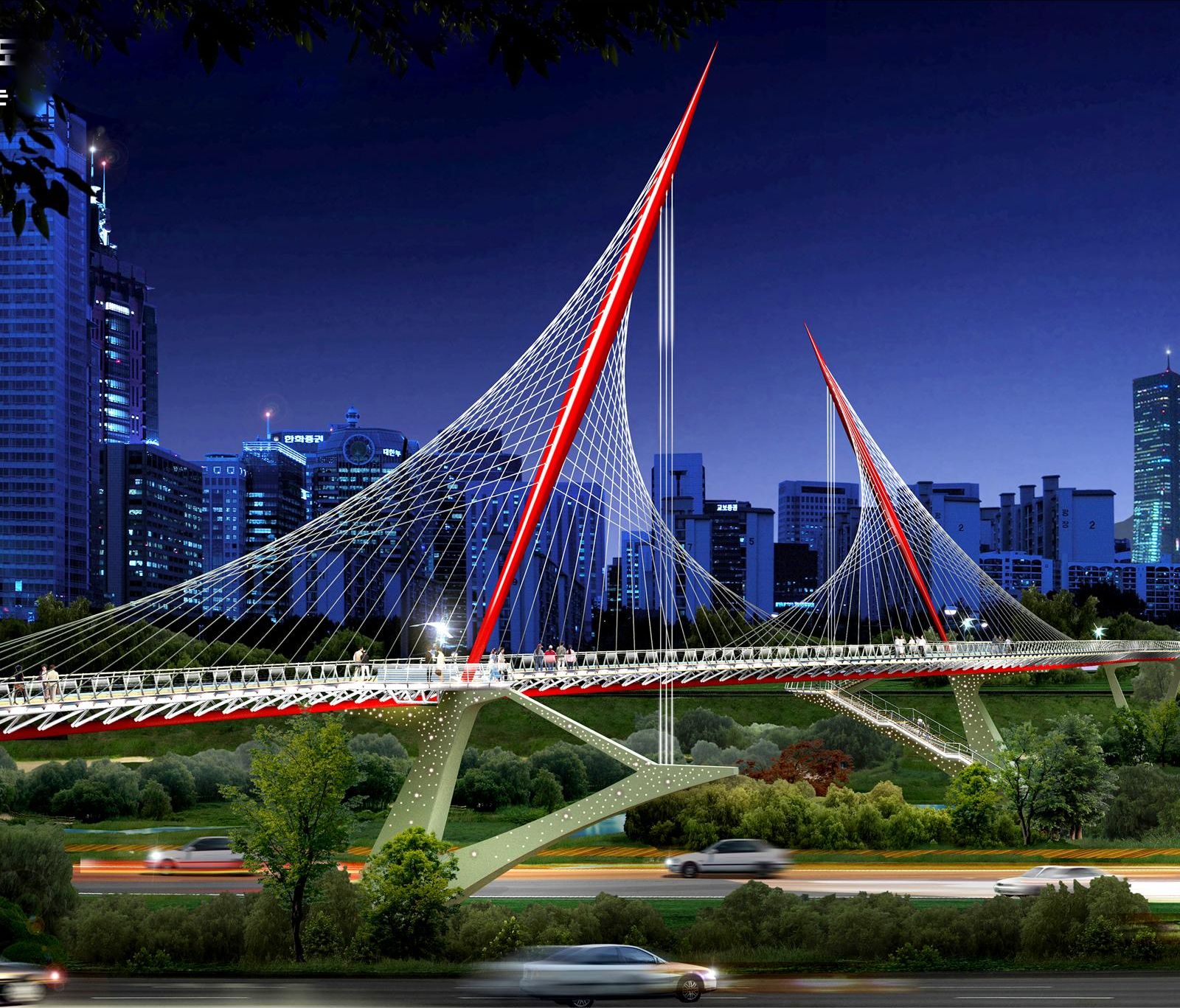



Construction engineers analyze constructed facilities based on function and economics they determine the construction schedule, erection methods and equipment used, and they estimate the total labor and material costs of the constructed facility. The administration, scheduling and erection of constructed facilities is the responsibility of construction engineers. Nearly all Civil Engineering projects require the management skills of a construction engineer. Often geotechnical engineers are involved in the entire phase of constructed facility or public works project, from field investigations to computer-aided design to construction operations. These engineers also analyze soils used in containment of hazardous wastes and off-shore oil platforms. Geotechnical engineers analyze, design, and construct earth systems, such as dams, foundations for high-rise buildings, and highway and railway tunnels. Geotechnical engineers evaluate the potential settlement of buildings, the stability of slopes and earth fills, the effect of earthquakes, and the seepage of ground water. Geotechnical engineers analyze the properties of soil and rock that affect the performance of buildings, dams, pavements, and underground facilities that support above ground constructed facilities and public works. Structural engineers also estimate strength as well as deflection and acceleration response of structures under extreme environmental factors, such as wind, earthquakes, temperature, vibrations, and in a post 9/11 world, structural engineers are currently examining the survivability of structures under extreme impact and explosion, so that evacuation of inhabitants is possible in a safe and secure manner. Structural engineers incorporate various materials in their designs, such as steel, concrete, timber, and composites, which also requires these engineers to fully understand the behavior characteristics under loads as well as the mechanical, thermal, and elastic properties associated with these materials. Join Purdue’s School Civil Engineering and enroll in structural engineering courses to leave a mark that will benefit and inspire many, and last the test of time as the Golden Gate has.Structural engineers plan, analyze, and design a wide variety of large-scale structures including bridges, high-rise buildings, concrete dams, transmission towers, and special offshore and space structures. If these questions spark your interest, if you would like to test to failure structural models in one of the largest laboratories in the country, then structural engineering is the right career choice for you. How far apart can we place the supports of steel girders in our bridges? Who decides how much reinforcing steel goes into a reinforced concrete column supporting 100 floors in a skyscraper? And how do they make that decision? The Sagrada Familia in Barcelona, Spain (inverted model on the left, actual structure on the right) Why did Gaudi think of the Sagrada Familia “upside-down” before he started building it? The Golden Gate Bridge in San Francisco, California Civil engineering structures and infrastructures, e.g., buildings, bridges, dams, nuclear power plants, geological waste disposals, underground tunnels. Ellis) knowing that it has to withstand the demands of gravity, wind, and earthquakes? What gives an engineer confidence to project and build something as large and graceful as the Golden Gate Bridge (the creation of late Purdue professor Charles A.


 0 kommentar(er)
0 kommentar(er)
